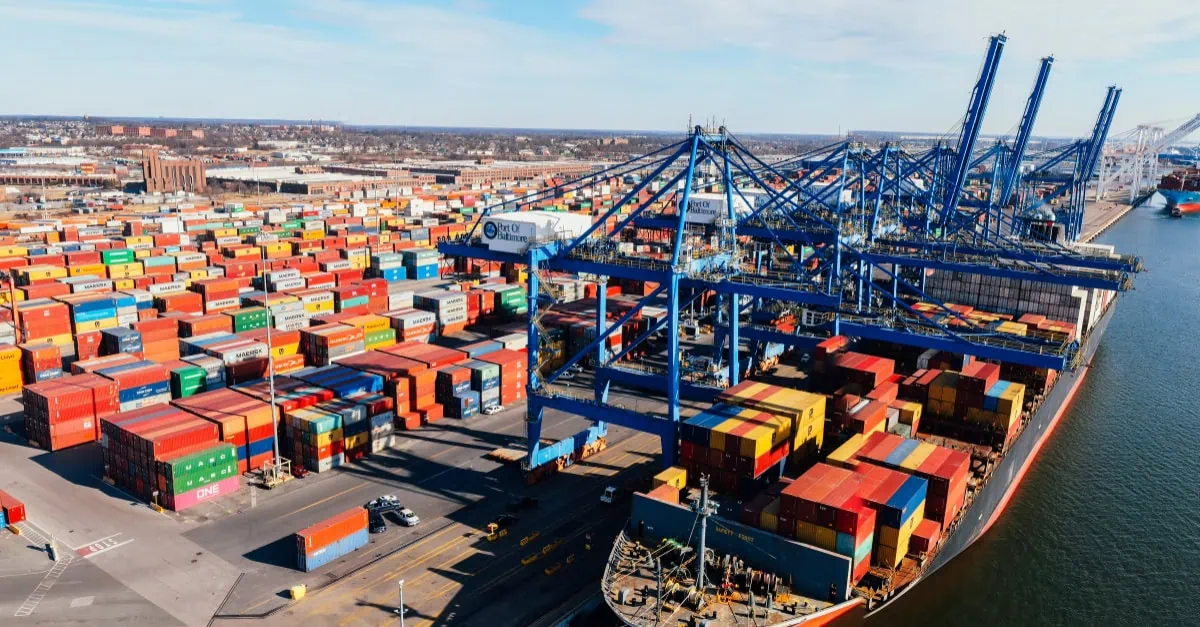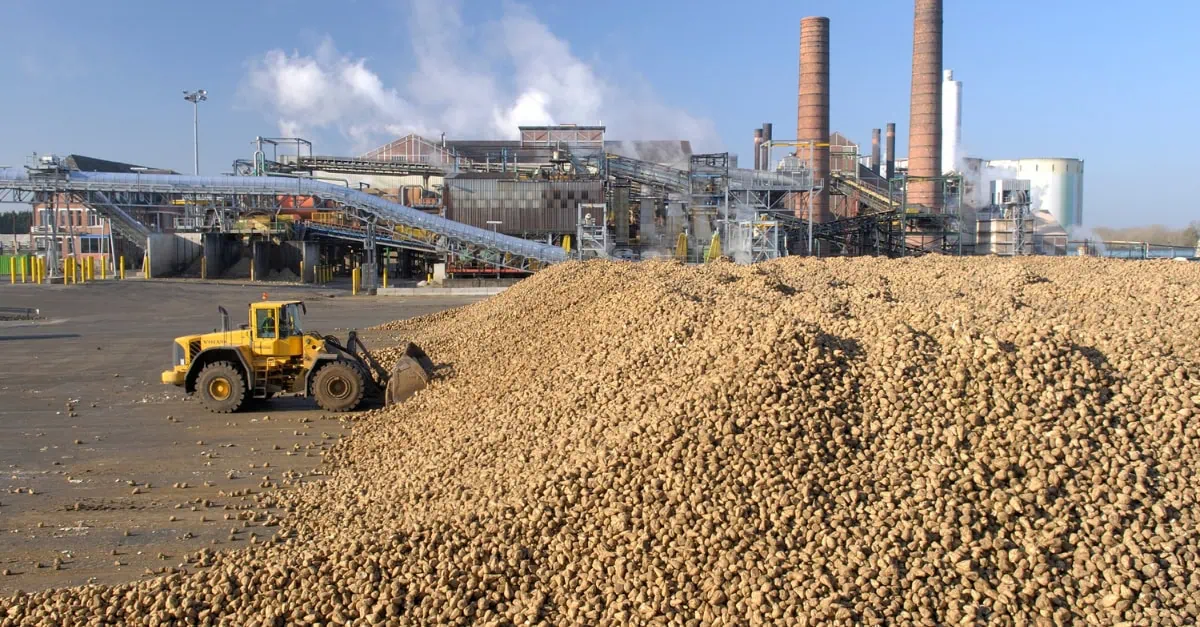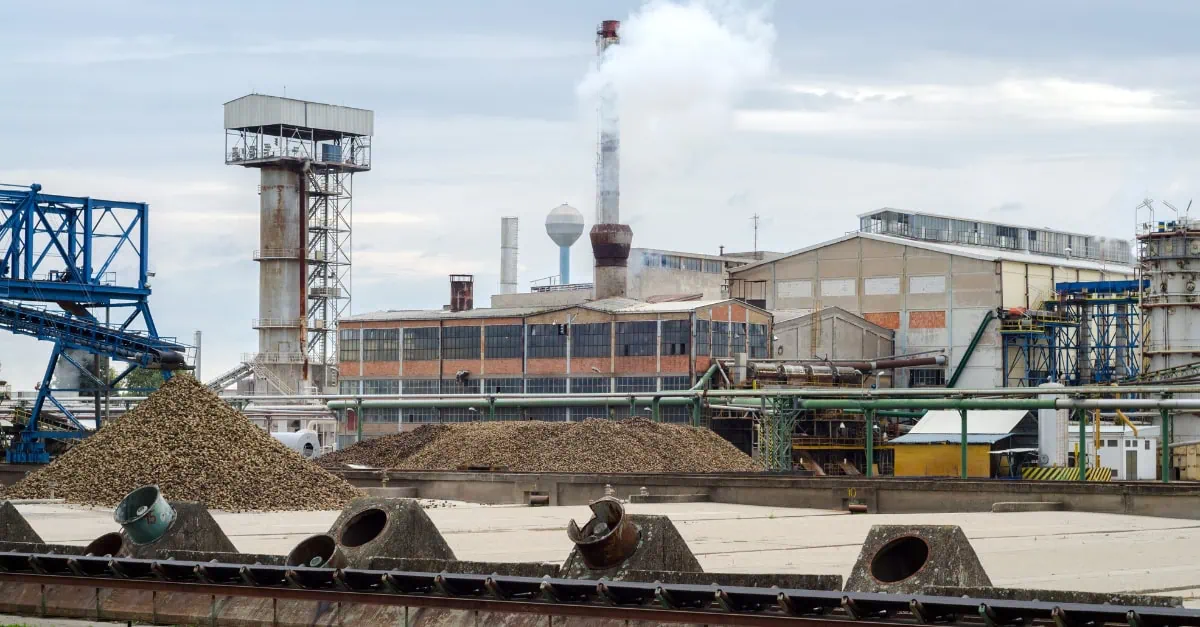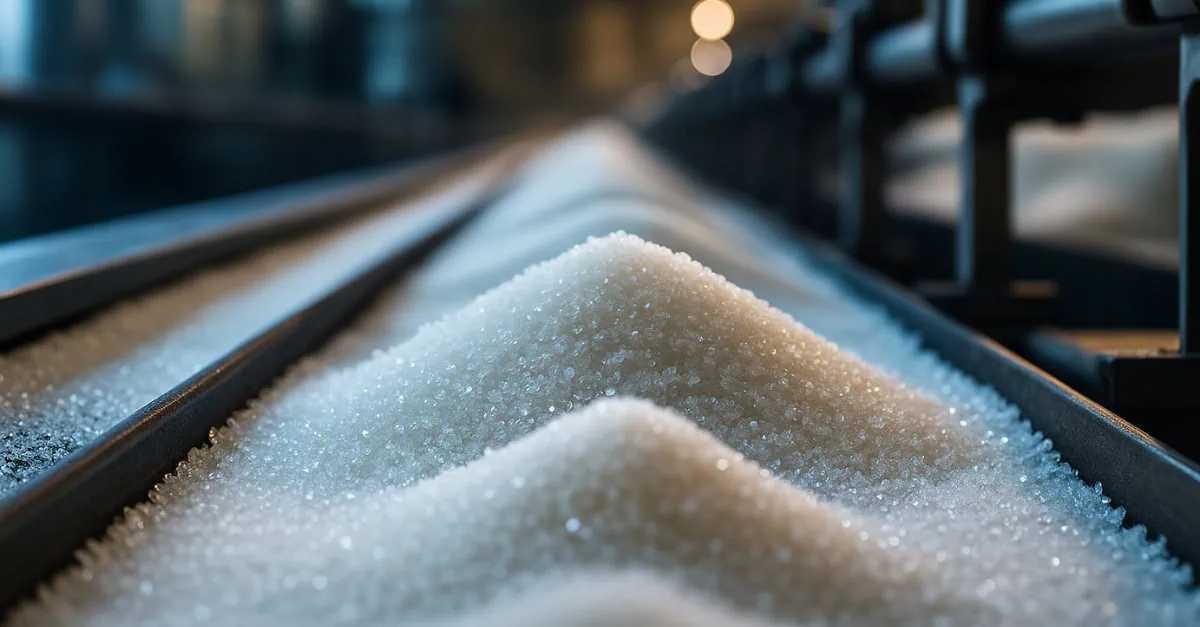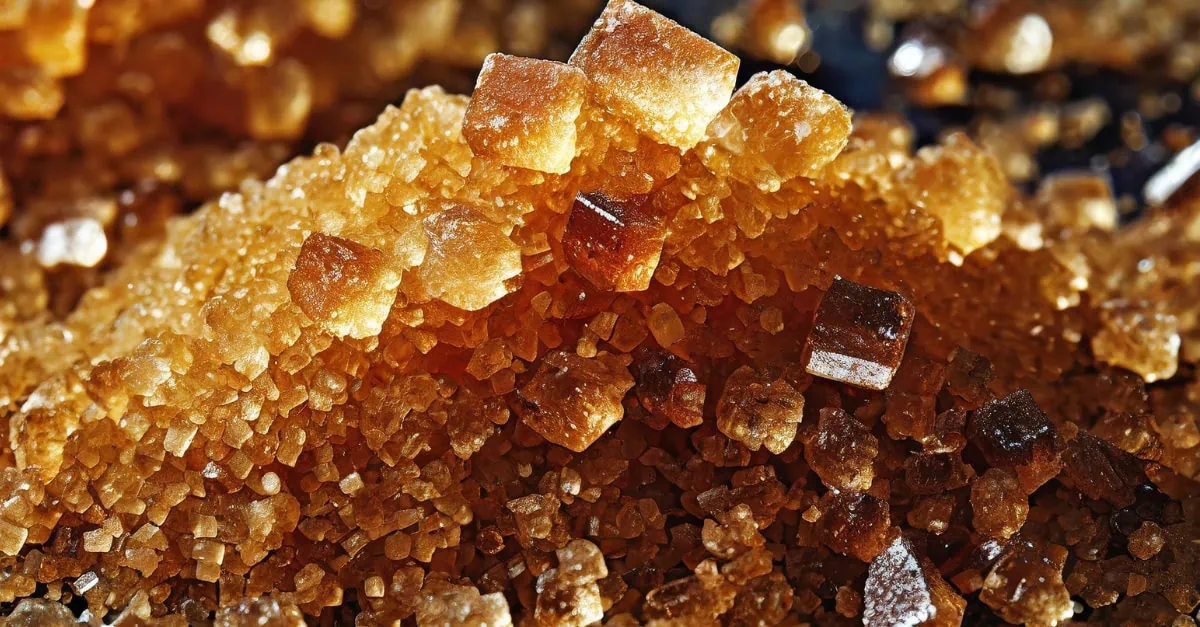The European sugar market is experiencing a significant price correction, with 2026 delivery prices dropping to levels below import parity for the first time in a year. This shift presents a rare opportunity for food manufacturers and procurement teams to secure favorable pricing, though questions about future supply dynamics remain.
Current harvest conditions support strong production
The 2025 European sugar beet harvest is progressing under favorable conditions across the beet belt. In the Netherlands, sugar content has stabilized at 17.2° over the first three weeks of harvesting, down slightly from initial levels of 17.4°. Tare weight has increased marginally from 6% to 7%, attributed to recent wetter weather across northern Europe.
Field observations from northern Germany indicate the crop is in very good condition, supporting expectations for a robust harvest season.
Price dynamics shift dramatically
European white sugar prices for 2026 delivery have fallen sharply in recent weeks. Current values stand at approximately €500 per tonne ex works for beet belt regions, with Polish sugar trading around €470 per tonne and UK sugar at €570 per tonne.
These price levels now sit below import parity, marking a notable reversal from earlier market conditions. The decline represents what some industry observers describe as a freefall beyond many expectations, though the current pricing appears to undervalue the fundamental supply-demand balance of the European market.
Polish grower compensation raises questions
An analysis of 2024 beet prices across Europe reveals significant disparities in grower compensation. Polish sugar beet farmers rank among the highest compensated in Europe when factoring in coupled income support (approximately €4.45 per tonne) and beet pulp retention (€3 per tonne).
Total compensation for Polish growers from companies like KSC reaches €52.55 per tonne, compared to €47.17 for Nordzucker in Germany and €44.71 for Royal Cosun in the Netherlands. This raises questions about the continued justification for coupled income support, particularly as Polish yields have climbed from 40 tonnes per hectare at EU accession to nearly 70 tonnes per hectare according to MARS estimates.
Planting intentions point to modest decline
Early indications suggest European sugar beet sowings may decline by approximately 3% for the next season. This reduction is expected primarily in marginal producing regions across Eastern EU states and Scandinavia, with Nordic Sugar already indicating cutbacks in Sweden.
Alternative crops offer limited financial appeal for growers. French milling wheat production costs average €200 per tonne, while December MATIF futures closed at €188 per tonne. Similarly, oilseed rape production costs in France are estimated at €452 per tonne against spot prices of €475 per tonne.
For cooperative-owned sugar companies, the challenge will be convincing farmers to maintain acreage given the low prices for competing crops. However, the bigger question remains what processors can afford to pay for the next season’s crop in the current pricing environment.
Trade policy creates additional uncertainty
The European Commission’s approach to free trade agreements is creating additional market uncertainty without adequate consideration for agricultural implications. While the Mercosur agreement limits sugar import increases to 10,000 tonnes, plans to fast-track a free trade agreement with India could have broader impacts.
Current trade dynamics show that global market forces, rather than preferential access agreements, increasingly dictate commodity flows. This season has seen raw sugar for EU refining come from world market sugars rather than preferential sources obtaining price premiums.
This article is part of a full sugar market analysis. For the full analysis including market outlook, visit: https://app.vespertool.com/market-analysis/2330
